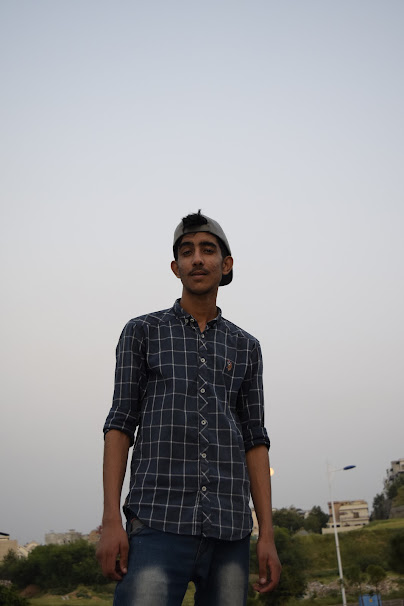Colors have great importance in our lives. To express our feelings, we use colors as a sign. Moreover, these colors have a great impact on our mood and feeling. We use to wear and prefer colors as per our mood. Sometimes to beat a specific feeling or mood, colors help us a lot. On the other hand, to demonstrate a number of situations and signs, colors are the best source.
Just like our daily life, in the film production colors have a great impact and role. In a scene or set composition, the director and director of photography along with the set designer, have to consider the colors at large. As a supportive factor, it helps to explain a scene to the audience. For the film screen technicians, it is necessary to focus on the colors and their composition on screen.
For centuries colors have been an important part of people's lives. Modern day researches study color psychology across cultures as they affect people's expressions of feelings and emotions by attaching meaning to different colors. They tend to remind people about their favorite traditions, the time of the year, or a special place. They affect heavily on the way how you feel.
If we dive down to the color psychology of rainbow colors, we can see every aspect of these colors relate to human emotions or their culture. For Example,
(i)Red;
Red is the color at the top of the rainbow. It has the longest wavelength, its linked to vitality, passion and lust . Its negative affects are Aggression and Anger.
(ii)Orange;
Orange is the mixture of yellow and red. It encourages mental and physical energy
(iii)Yellow;
Yellow is created in light by a mixture of colors, red and green. It is the color of the sun, warmth and energy. With its connections to the sun, it is life giving and creating. It is linked to happiness.
(iv)Green;
Green is the color of nature and growth. Its the color of plant life and nature on which life tends and relies upon to survive. It is linked with health, growth, nature and wealth.
(v)Blue;
Blue is the color of the ocean and the sky. Its spiritual, peace inspiring, relaxing, and promotes trust.
(vi)Indigo;
Indigo is a mix of dark blue and purple, its the color of the sky at midnight. It encourages deep thinking and a more complex understanding of ourselves.
(vii)Violet;
Violet is created from the colors red and blue. Its a lighter shade of purple and shares many of its traits such as its attractiveness, feminine and mysteries.
Now outside of the rainbow colors there are two more major colors Black and White.
(i)Black;
If we come to merge all of the colors of the world, at the end the color black would be created. It is a popular color in retail. Many fashion retailers have used black in their retail logos. It has a unique psychology of its own. Its symbolic meaning is mystery, power and elegance. It negatively impacts by the emotions of depression and sadness.
(ii)White;
White represents purity of innocence. It is bright and can create a sense of space or add highlights. It is often recognized as cold or bland, for example rooms painted with white seem spacious. It is also a symbol of peace. Many nations have used the a white flag while surrendering or to show peace. Its negative side is that it can seem cold and isolated. The good things about white is that is conveys cleanliness and simplicity, sometimes it also shows a fresh or a blank start


















